Want to quickly learn the basics about the most famous art movement in the world, plus a little added insight? Then the Renaissance Art Movement: In A Nutshell, is just what you need to read.
The Renaissance Art Movement was and perhaps always will be one of the most famous art movements throughout human history. Most of the breathtaking artworks in museums today come from the Renaissance period. And, not to forget, these Renaissance artworks are the reason why most students who study art want to visit European museums during their exchange semester.
What type of art was created during the Renaissance?
Paintings, sculptures, architecture, frescos, literature, science, philosophy
Renaissance art was created and popular during which years?
Circa late 13th century with the proto-renaissance to the early 17th century
Where was Renaissance art made and popularised?
The Renaissance era began in Italy and spread throughout Europe
What medium (media) and tools were used to make Renaissance Art?
Oil paints, dyes, paints on canvas, sculpting materials like marble, stone, etc.
Who are some famous Renaissance artists and artworks?
The Mona Lisa by Leonardo da Vinci
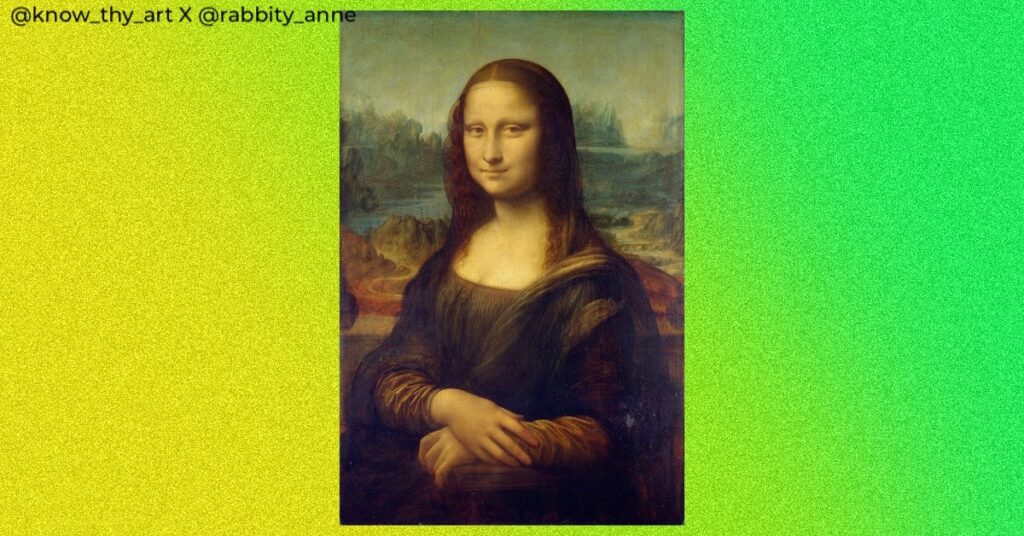
The Creation of Adam by Michelangelo
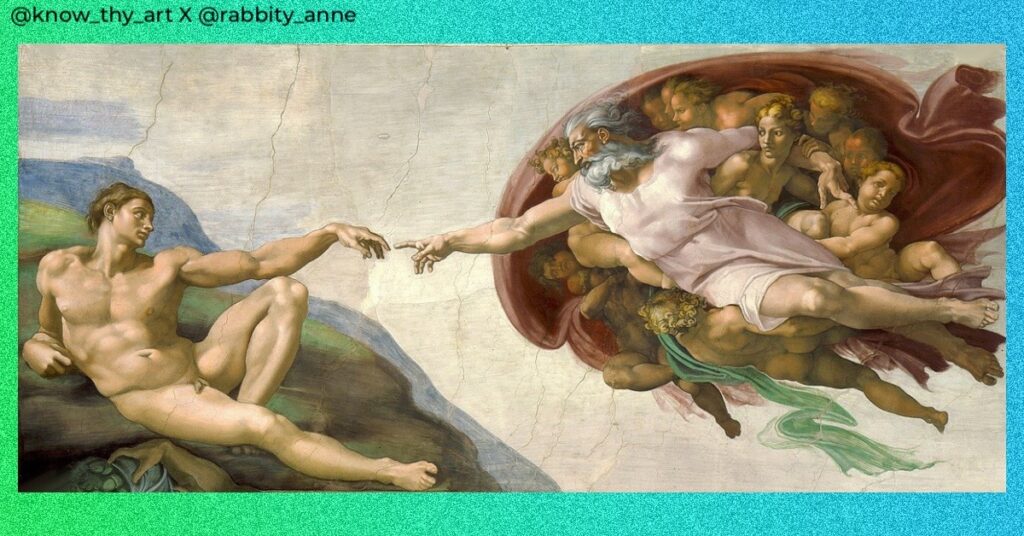
School of Athens by Raphael
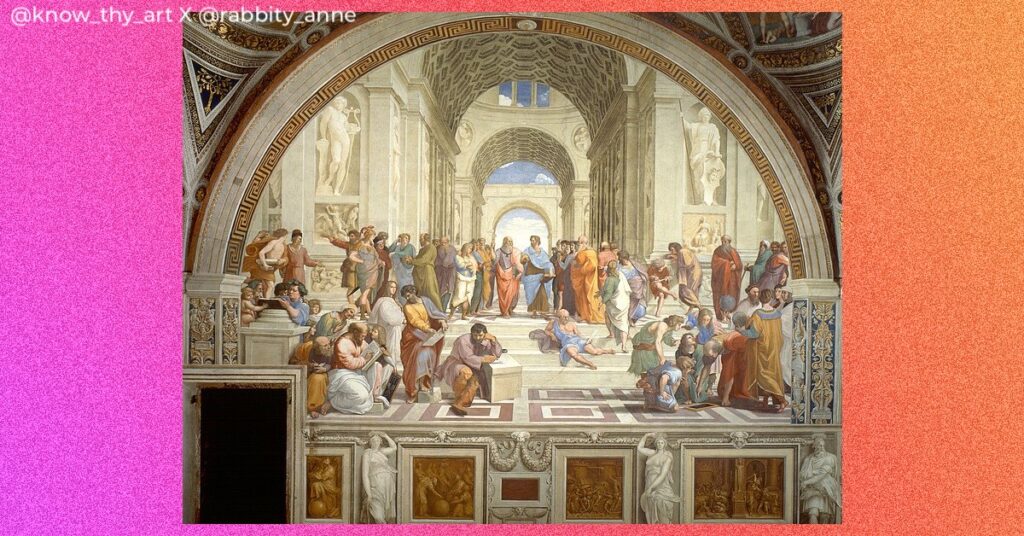
St. John the Evangelist by Donatello.

Who knew the Teenage Mutant Ninja Turtles had so much talent
Interesting Observations about Renaissance Art – Art Op-Ed
Some of the most popular and critically acclaimed artwork was produced during the Italian Renaissance. You might wonder, what made so many artists want to create art during this time and how did the Renaissance Art Movement begin?
Essentially, it was because during these periods there were very few wars and political disputes as compared to other centuries in history. This gave economic sectors room to grow and perhaps ease everyday worries to a certain extent. And what do creative thinkers do when they are not stressed out? Well, they make art of course!
The symbolism in Renaissance art and its significance lies in its subject matter. Some of the most popular subjects included religious art. Come to think of it, Christian religious art was the fan art of the Renaissance! This was the impact of religion on Renaissance art. The role of patrons in Renaissance art is that commission work by royalty or people of the upper classes gave these legendary artists a job every now and then. They painted the human form, scenes that captured everyday life and planned still scenes with objects like flowers, fruits, trinkets, animals, etc. in distinct Renaissance techniques and styles.
Art, philosophy and science were fields that saw immense growth owing to the contribution of some of history’s greatest artists and thinkers getting the relaxed milieu they needed to make the Renaissance a Magnum Opus.
The best way to learn beyond the Renaissance Art Movement: in a nutshell, is to simply feast your eyes on some artwork from this period.
Which art movement(s) came before the Renaissance?
Gothic, Late medieval
Which art movement(s) came after the Renaissance?
Classicism and Mannerism
Top 10 Artworks of the Renaissance Art Movement
Mona Lisa’s Mysterious Smile: Leonardo’s Enigma
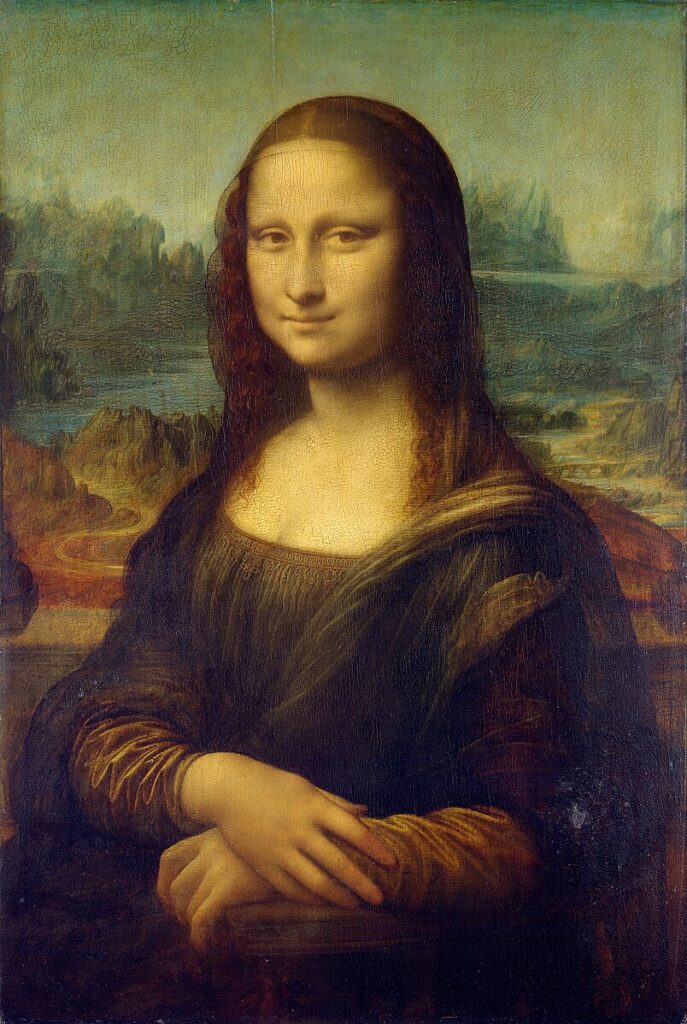
Leonardo da Vinci’s “Mona Lisa” is perhaps the most famous painting in the world. Speculation often revolve around the mystery of her smile. People have debated for centuries whether she’s smiling or not. Leonardo’s attention to detail was so extraordinary that he spent over a decade perfecting this masterpiece.
Michelangelo’s Sistine Chapel Ceiling: A Backbreaking Feat
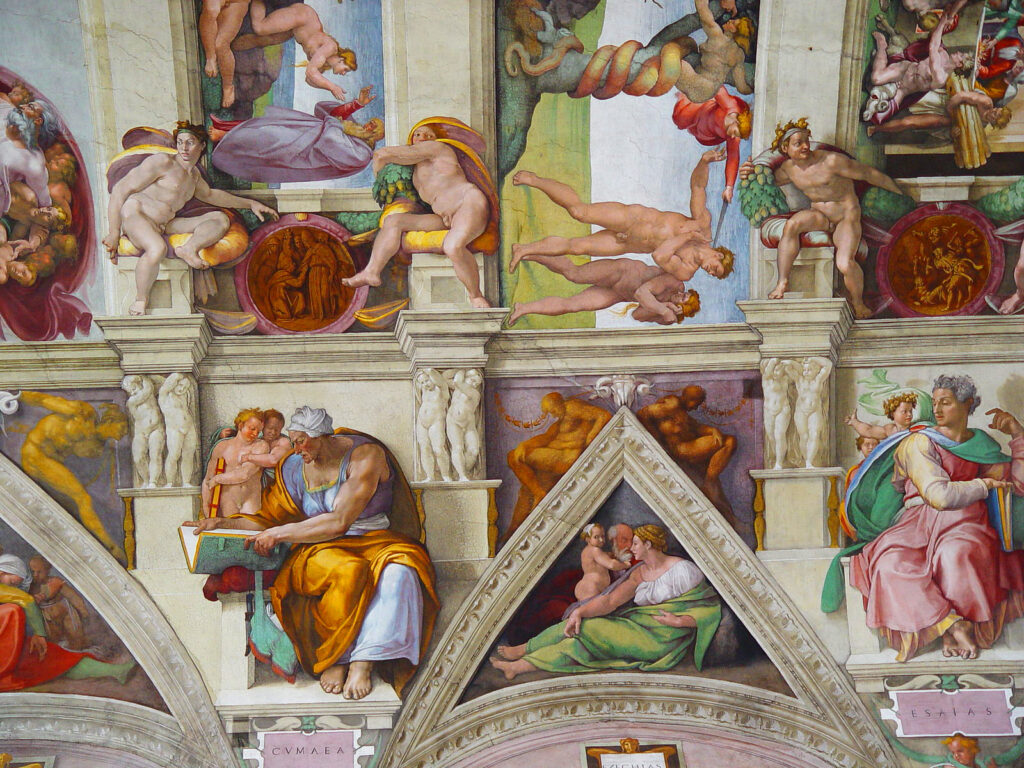
Michelangelo, known for his remarkable talents, was commissioned to paint the Sistine Chapel’s ceiling in Vatican City. People often discuss the incredible dedication it took to complete this colossal project. Michelangelo spent four long years, often lying on his back, to create the breathtaking frescoes that adorn the chapel’s ceiling, including the iconic “Creation of Adam.”
The Last Supper’s Slow Deterioration: Leonardo’s Heartbreaking Loss
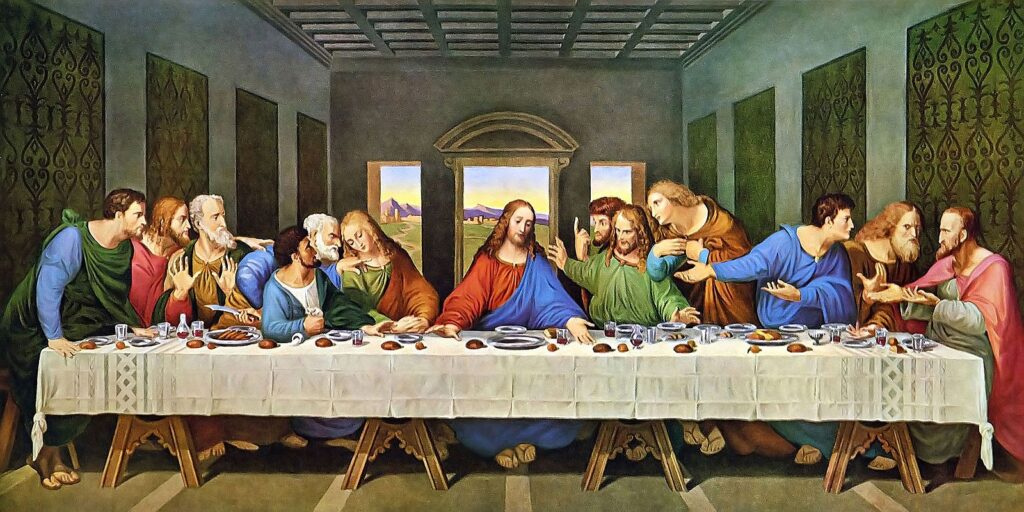
Leonardo’s “The Last Supper” in Milan is a revered masterpiece. People often talk about the sadness of its deterioration over time. Due to Leonardo’s experimental painting techniques, the painting began to deteriorate even during his lifetime. Restoration efforts have been ongoing for centuries to preserve what remains of this iconic image.
Botticelli’s “The Birth of Venus”: Celebrating Beauty
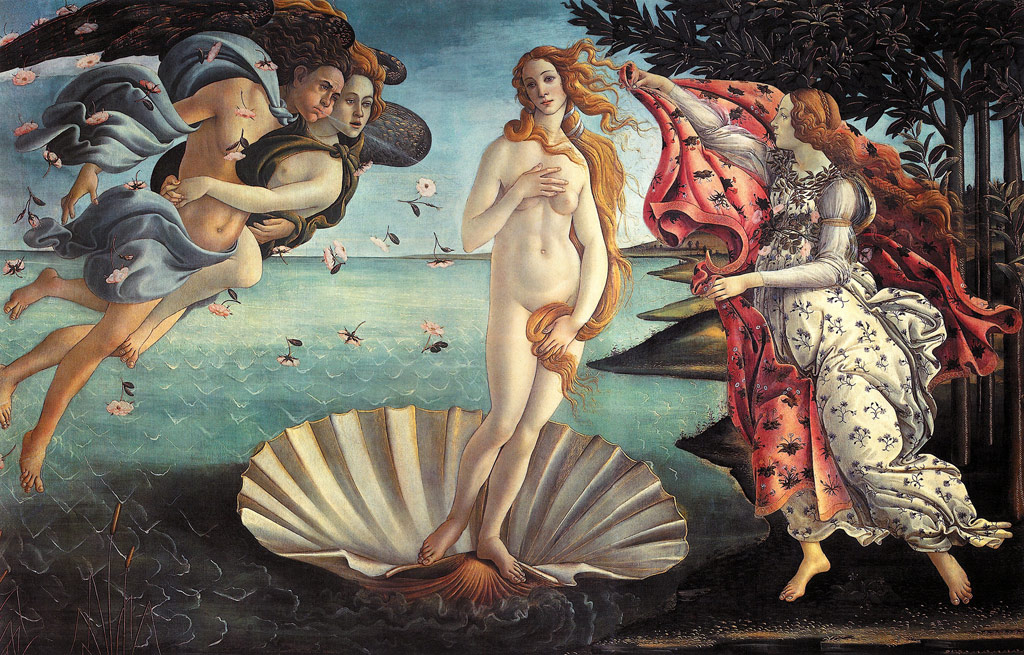
Sandro Botticelli’s “The Birth of Venus” is a stunning depiction of the goddess of love. People often celebrate the Renaissance’s fascination with beauty and classical mythology. Botticelli’s graceful portrayal of Venus emerging from the sea remains an enduring symbol of Renaissance art.
Raphael’s “School of Athens”: A Tribute to Intellectual Giants
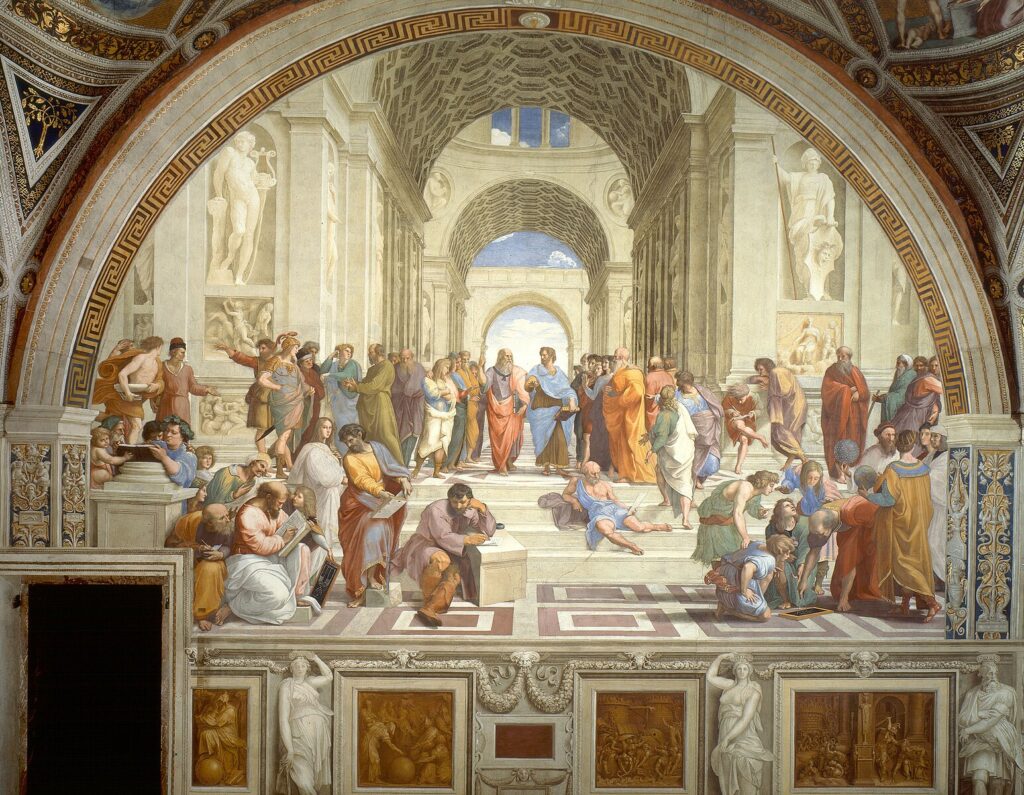
Raphael’s “School of Athens” is a magnificent fresco in the Vatican. There is rich symbolism within the painting, as it portrays famous philosophers and scholars from different eras together in one grand intellectual gathering. It’s a tribute to the Renaissance’s admiration for ancient wisdom and knowledge.
The Invention of Linear Perspective: Masaccio’s Innovation
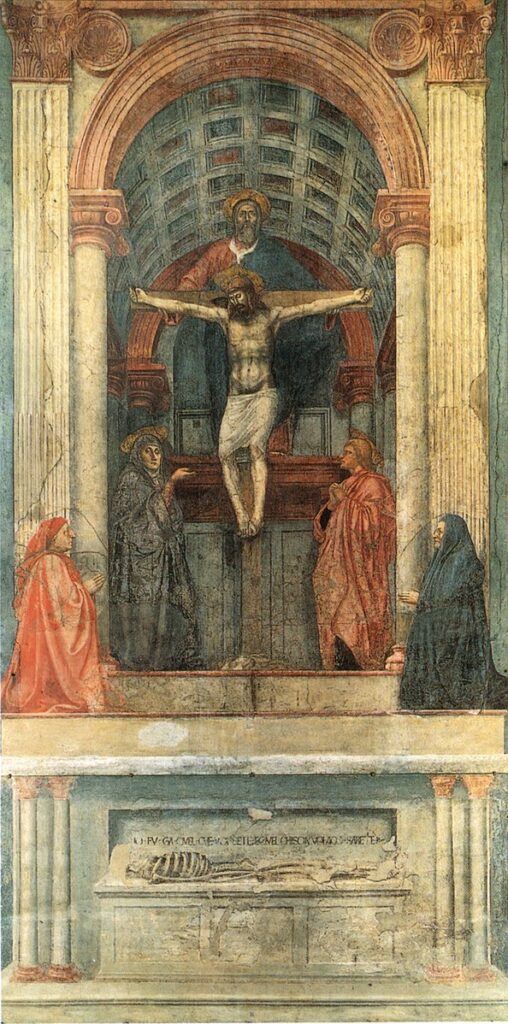
Masaccio’s “Holy Trinity” in Florence is celebrated for its groundbreaking use of linear perspective. Art enthusiasts discuss how Masaccio’s mastery of this technique transformed the way artists depicted space and depth in paintings. It was a revolution in art that changed the course of Renaissance painting.
The Adoration of the Magi: Leonardo’s Unfinished Masterpiece
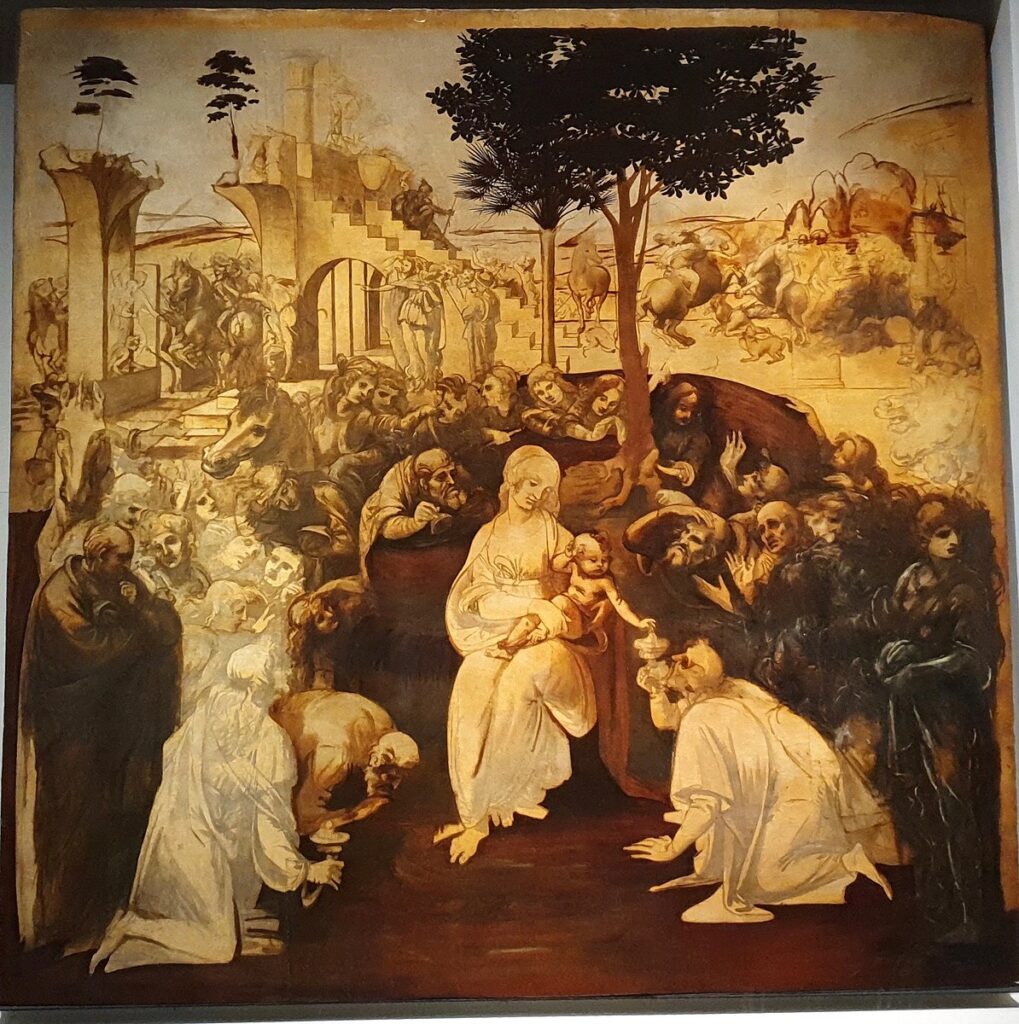
Leonardo da Vinci’s “The Adoration of the Magi” is known for being an unfinished masterpiece. It is assumed that Leonardo’s relentless pursuit of perfection, that sometimes led to him leaving works incomplete. The painting offers a unique glimpse into his artistic process.
Titian’s “Bacchus and Ariadne”: Capturing Mythology’s Drama

Titian’s “Bacchus and Ariadne” is a vivid portrayal of a mythological love story. This piece is often celebrated as the Renaissance’s fascination with Greek and Roman mythology. Titian’s use of colour and dramatic storytelling made him a key figure in Renaissance art.
The David’s Journey: Michelangelo’s Masterpiece in Marble
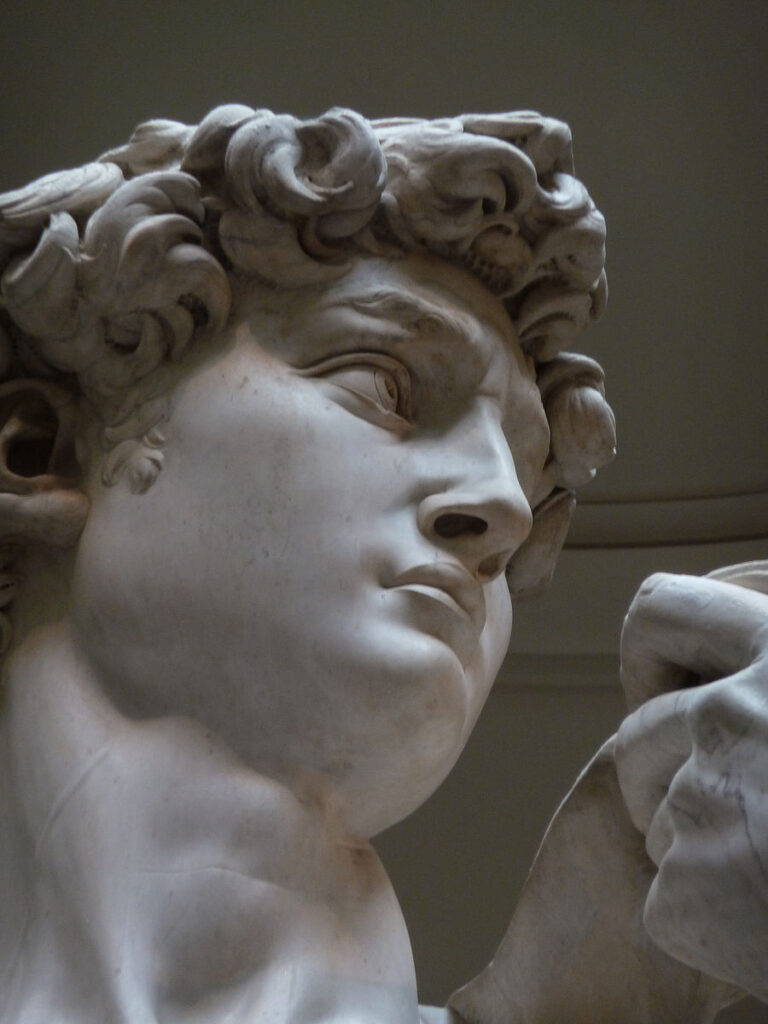
Michelangelo’s “David” is a colossal sculpture that tells a remarkable story. People often talk about the journey of this massive block of marble from a rejected project to becoming one of the world’s most iconic sculptures. It stands as a symbol of human potential and beauty.
The Annunciation: Fra Angelico’s Divine Inspiration
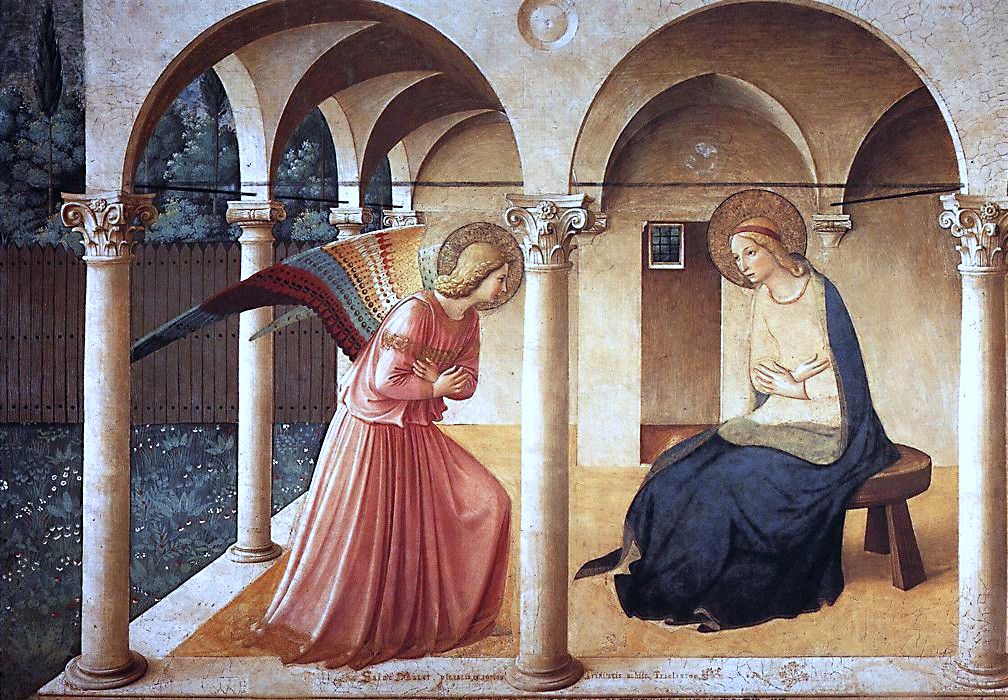
Fra Angelico’s “The Annunciation” is a tender depiction of the angel Gabriel’s visit to Mary. Clearly, there is a deep spirituality of Renaissance art, as Fra Angelico was a Dominican friar known for infusing his works with a sense of divine inspiration.
The Renaissance era was a time of profound transformation in the world of art, where artists dared to dream and create with boundless imagination. These artworks are a testament to the extraordinary dedication, innovation, and passion that fueled the artistic giants of the Renaissance. From the enigmatic smile of the Mona Lisa to the celestial beauty of Botticelli’s Venus, these stories evoke the essence of an era that forever changed the course of art and human history.
*Images from Wiki Commons







0 Comments